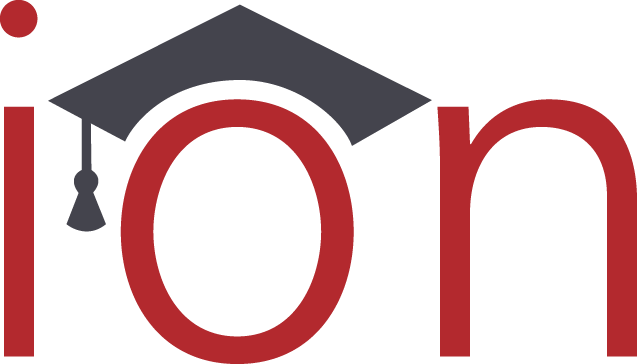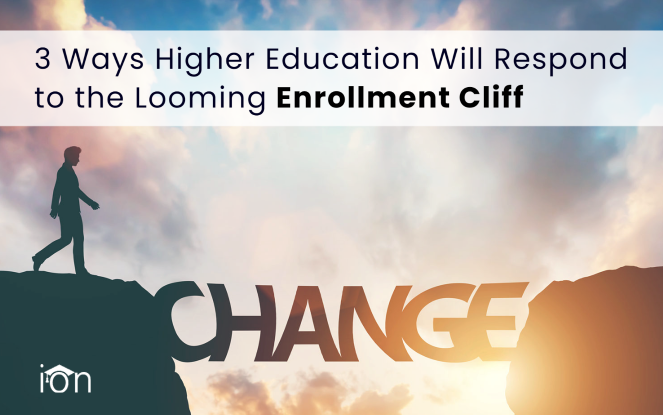Based on birthrate data from the Centers for Disease Control, the number of college-aged Americans will dramatically decline beginning in 2025. Many experts have deemed this as the “enrollment cliff” for higher education.
However, the most recent data from the National Student Clearinghouse Research Center show that college enrollment has been declining or stagnating since 2012.
Increased college tuition and growing demand for skill-based positions that don’t require a college degree have caused many people to forego higher education.
3 Changes that Will Grow Higher Education Enrollment
9 out of 10 college administrators expressed concern about future enrollments for their institution (Source: Bay View Analytics). Like any struggling business, changes must be made to attract new customers.
Here are the three most likely changes higher education will make to grow enrollments.
#1 Program Revisions
Introduce Micro-credentials
Many colleges are rolling out “micro-credentials” to meet the demand for short, flexible programs that teach skill-based competencies. Micro-credentials would help employees upskill without committing to a multi-year degree. This could help enrollments grow some, but wouldn’t be enough for a dramatic increase in college populations.
Eliminate Low-Demand Fields
With shrinking enrollment comes necessary financial cuts. This will likely result in the elimination of arts and humanities programs at many institutions.
The job market should drive more people to pursue careers that still require degrees such as business, health care, and IT. An expansion of those programs will be good for the college and good for the labor market.
More Online and Hybrid Courses
The pandemic improved everyone’s online communication skills and created more demand for remote options. Over 80% of institutions plan to expand their number of online programs (Source: Bay View Analytics). Community colleges are especially open to offering more flexible options for their students.
#2 Investments in Admissions Departments
Once colleges have improved programs to market, recruiting students will get easier. However, over 70% of admissions coordinators and counselors have been in their position for 3 years or less (Source: CUPAHR).
The high turnover in admissions positions puts institutions at a disadvantage in effectively recruiting and converting prospective students into enrolments. Admissions staff need more support.
Admissions Software Support
Good workflows supported by streamlined software can take the pressure off of admissions counselors by making their job easier. Solutions like LinQ improves the productivity of the entire admissions department, which not only improves staff retention but also grows enrollment numbers.
#3 Focus on Re-Enrollments
Depending on the source, college graduation rates are somewhere between 30% and 65% for both public and private institutions. That leaves millions of students with some college credit, lots of student loan debt, and no degree to show for it.
Give Non-Completers a Fresh Start
The U.S. Department of Education’s Fresh Start program literally gives student loan borrowers in default a fresh start. Their defaulted loans are not only returned to good standing but they’re also allowed to take out more student loans. This means students who dropped out and have defaulted loans can pick up where they left off and complete their degree.
This is a golden opportunity for colleges to track down their former students and help them fulfill their dream of higher education.
Need help to improve your enrollments? Contact sales@iontuition.com to request more information.

